Improving a mainstay of renal transplant immunosuppression
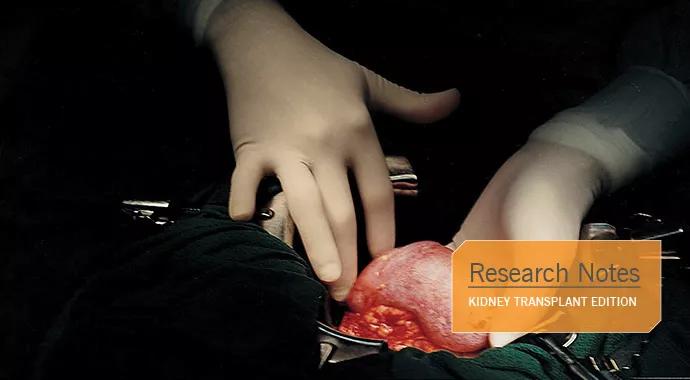
By Stuart M. Flechner, MD, FACS
Cleveland Clinic is a non-profit academic medical center. Advertising on our site helps support our mission. We do not endorse non-Cleveland Clinic products or services. Policy
Induction therapy, most often delivered by targeted antibodies, has been a mainstay of renal transplant immunosuppression for decades. The goals of such therapy are chiefly to prevent a primary immune response between the host and the new kidney (Figure 1).
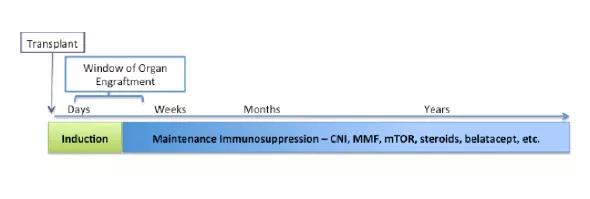
Figure 1. Induction Therapy in Transplantation
This is accomplished by removing or modulating circulating lymphocytes and other alloreactive cell populations in the recipient and the transplanted organ, in which the accompanying alloreactive cells are called passenger leukocytes.
In addition, by disrupting early immune responses, induction therapy may reduce the severity of ischemia-reperfusion injury, which often accompanies organ transplant surgery.
Induction therapy should be delivered at or immediately prior to revascularization of the new kidney, which is “seeing” the recipient immune system for the first time. Currently available agents work by either depleting (removing) lymphocytes or modulating (blocking) the cell surface receptors of the targeted lymphocytes, which are usually the T cell lymphocyte population.
Variable Potency, Potential Oversuppression
The commercially available agents are either polyclonal (thymoglobulin; multiple antibodies against several epitopes) produced in rabbits or horses, or monoclonal (basiliximab, alemtuzumab; targeting only one epitope) produced using monoclonal technology.
Research in the last decade has shown that these agents have variable potency and their activity may persist for as long as a year.
Induction therapy, while potent, is additive to maintenance immunosuppression, which is delivered by various oral immunosuppressants that work at different stages of the cell cycle to further disrupt the immune response.
The down side of induction therapy can be over-immunosuppression, which renders the recipient vulnerable to infection and even cancers, as well as suppressing bone marrow elements for long periods of time.
Novel T cell Receptor Targeting
TOL101 is a novel anti-lymphocyte antibody under investigation as a new immunosuppressive agent to deliver induction therapy to kidney transplant recipients. It may also have a role in treating other autoimmune diseases.
The antibody is a monoclonal immunoglobulin M that specifically targets the αβ chain of the T cell receptor. It does not target T cells bearing the γδ T cell receptor, which poorly generate alloimmune responses. (Figure 2.)
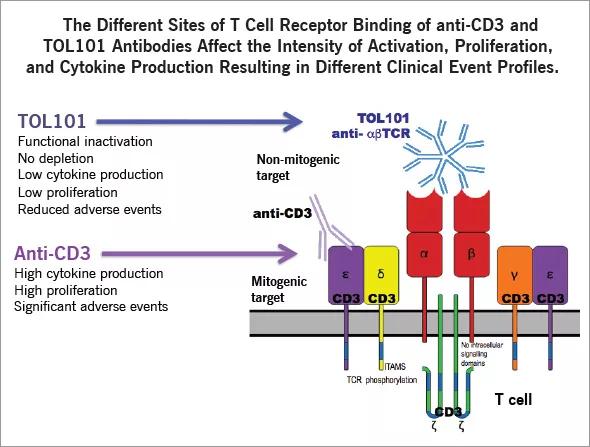
Figure 2. A schematic illustration of binding to the T cell receptor.
Since αβ T cells comprise more than 95% of circulating T cells in an adult, TOL101 is ideally suited to interrupt a primary immune response. In addition, the αβ chains of the T cell receptor do not possess intracellular signaling domains, and would be expected not to cause mitogenicity or activate the release of cytokines that could trigger clinical responses such as fever, chills, tremors, headaches, visual disturbance and anxiety.
TOL101 is derived from a predecessor molecule that exhibited efficacy and clinical safety but suffered from the production of human anti-mouse antibody that diminished potency after repetitive dosing.
TOL101 is a new formulation developed by using two nucleotide mutations and a different glycosylation pattern than the predecessor molecule. In addition, the manufacturing process has been optimized, incorporating serum and animal-free components. The Food and Drug Administration has declared TOL101 an Investigational New Drug. Pre-clinical studies have confirmed the potency of TOL101 to abrogate both alloimmune and autoimmune responses primarily in rodents.
Efficacy, Safety and Dosing
The initial Phase 2 trial using TOL101 as an induction agent was recently completed, demonstrating clinical efficacy and relative safety in 36 recipients of low- to moderate-risk primary kidney transplants.1
This six-month trial was designed as a dose-finding study using escalating doses of TOL101 to determine an efficient regimen that could be applied to future Phase 3 randomized trials. Recipients were given maintenance doses of tacrolimus, mycophenolate mofetil and steroids with initial TOL101 induction.
The pharmacodynamic endpoint was a consistent suppression (<25/mm3) ofcirculating CD 3-bearing T cells. This was reached first at 28mg of TOL101and absolute at 42 mg. (Figure 3.)
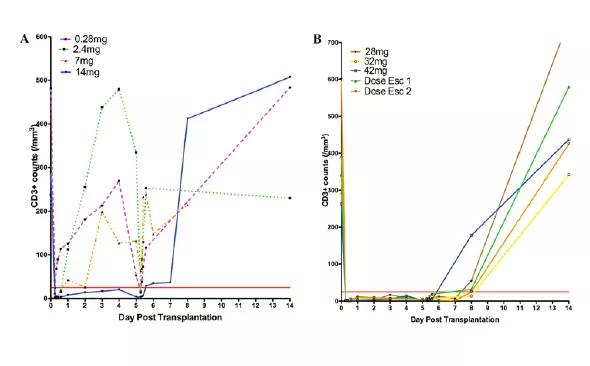
Figure 3. Pharmacodynamic (CD3 absolute/mm3) responses to increasing doses of TOL101 over 5 to 9 days
An unanticipated urticarial rash at this higher dosing level necessitated a more prolonged infusion time of six hours, and a dose escalating schedule. A workable dosing schedule of five doses in four days (beginning in the operating room on day 0) of 21mg, 28mg, 42mg, 42mg and 42mg safely accomplished the pharmacodynamic endpoint throughout the dosing time interval.
The initial clinical efficacy was excellent, with no deaths or graft losses and a biopsy-confirmed acute rejection rate of 13%. The rate of posttransplant infections (viral, bacterial, and fungal) was lower than usually encountered in clinical kidney transplant studies.
Additional important findings were a 23-hour elimination half-life of the drug that would permit daily dosing, and the absence of an interaction of drug clearance with body weight that would permit a fixed dosing schedule regardless of gender or body size. The TOL101 formulation generated human anti-mouse antibody at 1/100 dilution in only one patient, and did not affect potency.
These encouraging initial findings support further development of TOL101 as an induction antibody in kidney transplantation.
Dr. Flechner is a staff member of Cleveland Clinic’s Glickman Urological & Kidney Institute and of the Transplantation Center. He is a Professor of Surgery at Cleveland Clinic Lerner College of Medicine. Dr. Flechner is a scientific advisor for Tolera Therapeutics, Inc., the manufacturer of TOL101. He can be reached at flechns@ccf.org or 216.445.5772.
References:
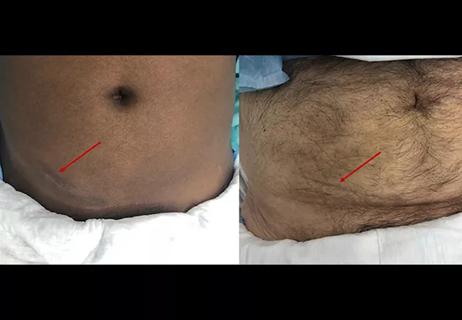
Smaller incision may lead to reduced postoperative pain for some patients
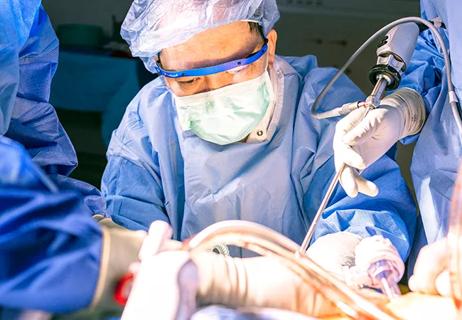
Improving access to lifesaving kidney transplant

The process could improve access and equity for patients with end-stage kidney disease

Video offers glimpse into technically challenging portion of the procedure
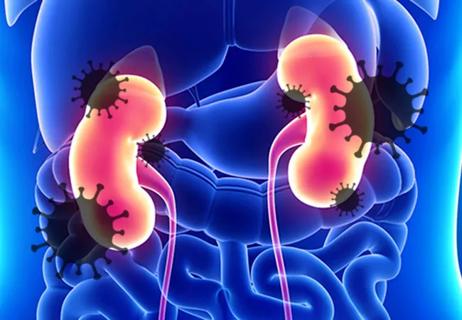
Infectious disease and kidney transplant specialists share key insights
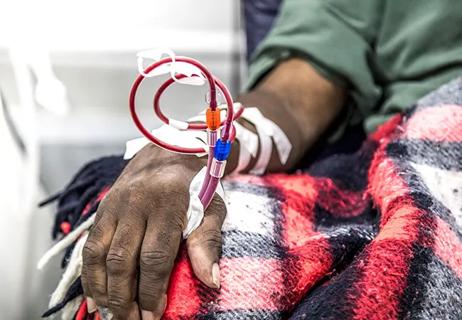
Demographic and social factors found to influence preemptive listing

New interventions and policies haven’t increased wait-listing

Cleveland Clinic surgeons use single-incision robotic surgery to perform kidney transplant